In this ever-changing world, kids need to develop problem-solving skills. These skills assist children in handling everyday issues to succeed in academics and their future careers. This article looks at useful methods for teaching problem-solving to kids of different ages, along with hands-on activities.
Importance of Problem-Solving Skills
Problem-solving is a fundamental skill that enables children to approach challenges methodically and creatively. It involves critical thinking, decision-making, and the ability to evaluate different solutions. Developing these skills early can significantly impact a child’s confidence, independence, and adaptability. Children who are adept at problem-solving are better equipped to handle stress and setbacks. They approach difficulties with a constructive mindset and a toolkit of strategies to find solutions.
Teaching Problem Solving to Preschoolers
When teaching problem-solving methods to preschoolers, it is essential to use age-appropriate methods to engage their natural curiosity and creativity. Here are some effective strategies.
Use Stories and Role-Playing: Stories that involve characters facing problems and solving them, can be very effective. Role-playing these scenarios allows children to practise problem solving methods in a fun and engaging way. This method makes learning enjoyable and helps children to understand the steps involved in solving problems.
Encourage Exploration: Provide open-ended materials like blocks, clay, and puzzles to children and encourage them to explore their ways to solve them. This fosters creativity and independent thinking in children, as they learn to experiment and discover different ways to overcome obstacles.
Problem-Solving Behaviour: A quick demonstration with the ways to approach an issue, helps children understand the steps involved in problem solving. Children learn to break down problems into manageable parts and approach them systematically, by observing adults navigate challenges.
Create a Problem-Solving Environment: Set up situations where children can practise problem solving skills. For example, if a toy is out of reach, encourage them to think of ways to get it. This develops their problem-solving abilities, boosts their confidence and makes them realise their ability to find solutions independently.
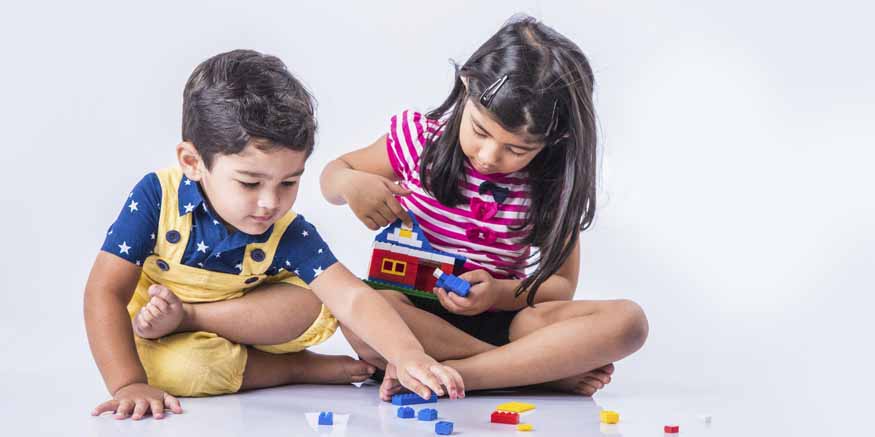
Teaching Problem Solving to Older Children
As children grow, their ability to handle more complex problems increases. This being the case, teaching them the ways to solve problems is our duty. Here are some strategies for teaching problem solving to school-aged children.
Introduce Structured Problem-Solving Steps: Teach children a step-by-step approach to solve problems. This can include identifying the problem, brainstorming possible solutions, evaluating the options, and choosing the best one. By following a structured process, children learn to approach problems logically and systematically, which can be applied to various situations.
Use Real-Life Scenarios: Use real-life scenarios that children can relate to, such as resolving conflicts with friends or planning a project. This makes them relate to the problems and feel practical in solving problems. When children see the direct application of these skills in their lives, they are more likely to value and use them.
Encourage Group Activities: Group activities and games that require teamwork can enhance problem-solving skills for kids. These activities teach children to collaborate, communicate, and consider different perspectives. Working in groups also helps children learn to negotiate and compromise, which are essential components of effective problem solving.
Promote Critical Thinking: Ask open-ended questions that encourage children to think critically and explore multiple solutions. This helps in developing their analytical skills and creativity. By challenging children to think deeply and consider various possibilities, we help them become more flexible and innovative thinkers.
Problem-Solving Activities for Kids
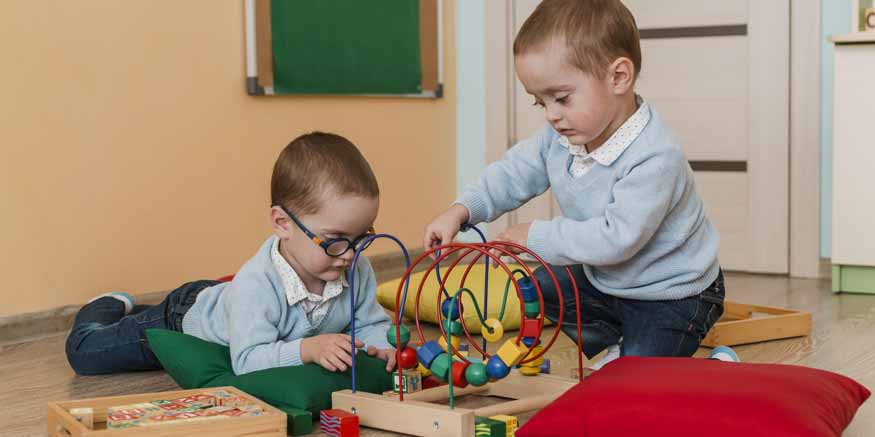
Engaging children in problem solving skills activities for kids can make learning these skills enjoyable and effective. Here are some activities that can be incorporated into daily routines.
Puzzles and Brain Teasers: Puzzles challenge children to think critically and develop strategies to solve problems. They also help in improving children’s concentration and patience, showing persistence in finding a solution.
Creative Arts and Crafts: Activities like building models or creating art projects encourage children to think creatively and solve problems related to design and construction. These projects also provide a sense of accomplishment and pride, as children see their ideas come to life.
Outdoor Challenges: Activities such as scavenger hunts or obstacle courses can teach children to navigate physical challenges and develop problem solving skills. These activities also promote physical fitness and teamwork, as children work together to overcome obstacles.
How to Teach Your Child Problem-Solving Skills
Parents play a crucial role in teaching problem solving to their children. Here are some tips on how to teach your child problem solving skills:
Be a Role Model: Demonstrate effective problem solving methods in your daily life. Let your child see how you approach and solve problems. By modelling these behaviours, parents can show children that problems are a normal part of life and that they can be managed effectively.
Provide Positive Feedback: Praise your child’s efforts and successes in solving problems. Positive reinforcement encourages them to continue developing their problem-solving skills. Celebrating their achievements, even if it is small, helps them build a positive attitude towards problem solving.
Create a Supportive Environment: Foster an environment where your child feels safe to make mistakes and learn from them. This is crucial for developing resilience and a growth mindset. When children understand that mistakes are a natural part of learning, they are more likely to take risks and try new approaches to resolving issues.
Conclusion
Teaching problem solving to children is an ongoing process that requires patience, creativity, and consistency. By incorporating the above mentioned strategies and activities daily, parents can help children in developing strong problem-solving. Whether through structured lessons or playful activities, the goal is to make problem solving a natural and enjoyable part of a child’s learning journey. By equipping children with these essential skills, you prepare them to face the future with confidence and resilience.
For more such informative/interesting blogs, visit Mother’s Pet Kindergarten.

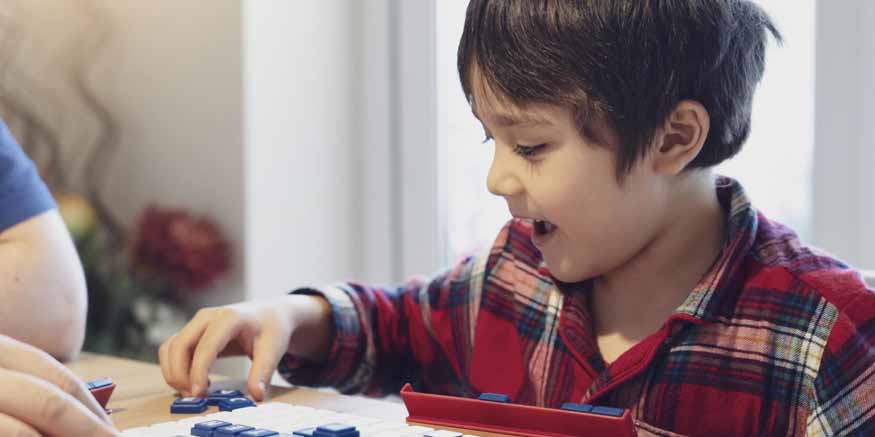
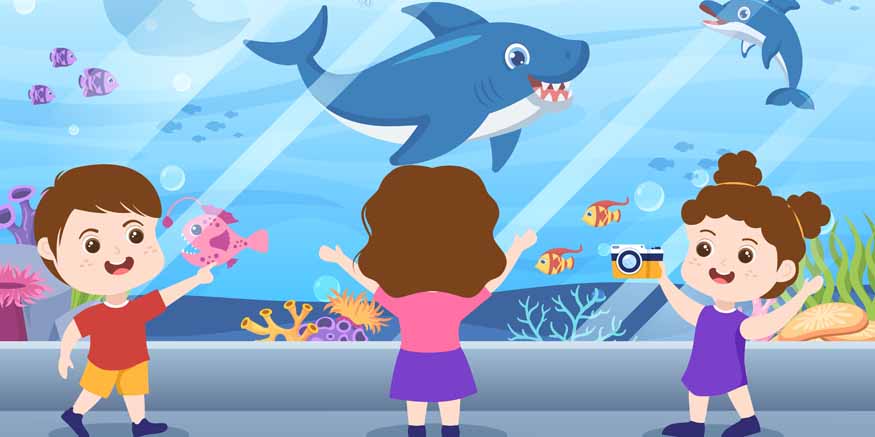
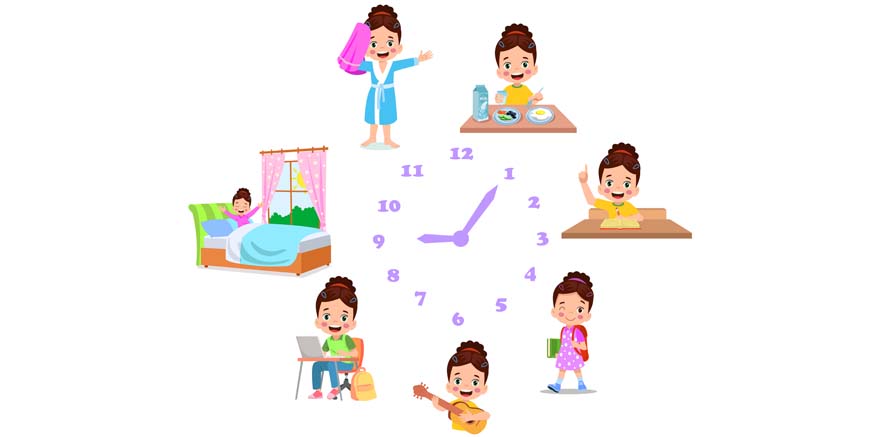


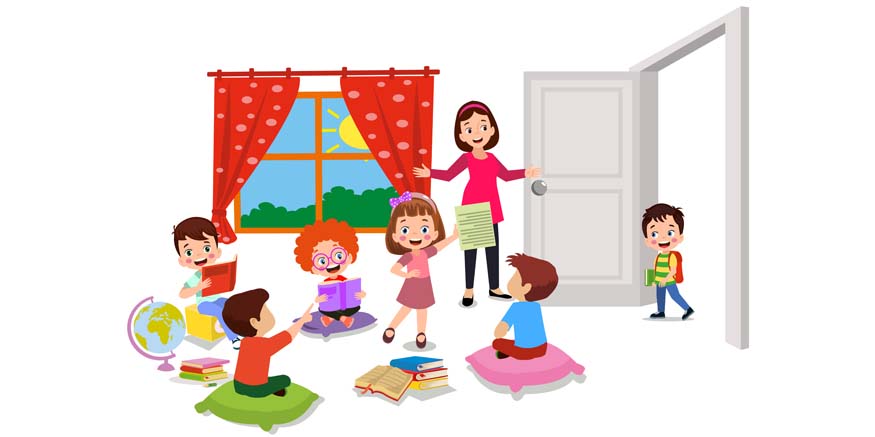



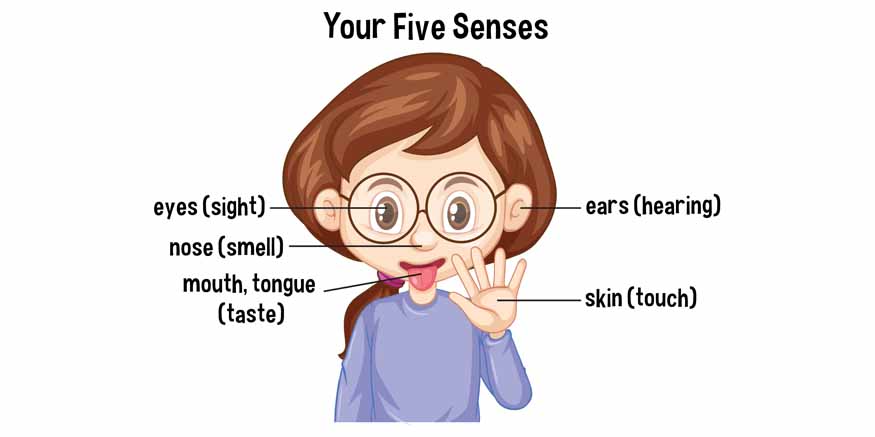

Recent Comments